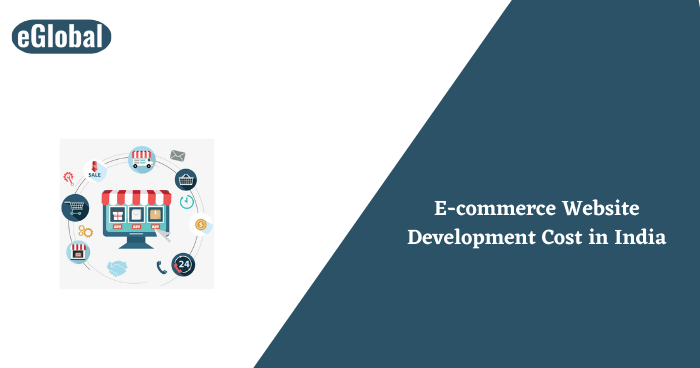Are you used to seeing online stores? You will agree with me if I say that e-commerce is trending these days and is important for businesses. Nowadays, no matter how incredible products or services your business offers, if it is not on the web, then you are suffering from a great loss. We have more than a few reasons to consider e-commerce development. However, today we will be focusing on how technology is intertwined with the marketplace. There is always a definite structure or what we call a pattern or framework that we use for developing. The same goes for marketplaces. In this article, you will learn about marketplace web development frameworks in detail.
What is a Marketplace Web development framework?
We often refer to a marketplace web development framework as an e-commerce framework. These frameworks are basically software that one can use to build an e-commerce store. They provide people with the basic infrastructure to work with which later brings on the outlook of an amazing website that the businesses wanted to have. In other words, a marketplace web development framework builds a full-fledged e-commerce site that allows a non-technical person to get a website within a few hours.
Types of e-commerce or Marketplace Web Development Framework:
1. Open Source Framework:
In this type of web development framework, we can make desired changes in the source code for our website. Commonly this accessible source code is in PHP.
- Advantages:
- It offers countless customization as one can directly edit the code.
- Developers can engage in communities.
- Disadvantages:
- Customization tends to make things complicated.
- The responsibility to keep software secure and optimized is now on you.
2. SaaS Framework:
In this type of web development framework, we can subscribe to the services provided by the software. This Software as a Service framework does not offer many customizations but is popular.
- Advantages:
- It is less expensive than open-source frameworks and markets quickly.
- You get upgrades as the vendor does it from time to time.
- Disadvantages:
- They are not highly customizable.
3. Headless Framework:
In this type of framework, we experience a composable approach towards the architecture of the website. You can choose the front-end and back-end presentations of your website.
- Advantages:
- Both front and back ends do not affect each other while customizations.
- They are flexible.
- Disadvantages:
- It requires developer expertise to function.
- They are expensive as you need to pay for both the front-end and the back-end.
5 Best Marketplace Web Developer Frameworks
- Big Commerce:
A SaaS platform that offers high flexibility with APIs. Big Commerce is used widely by the business due to its amazing support facility. They provide guidance to you at each step and offer 24/7 services.
- Shopify:
It is a host-type marketplace framework. The users only need to do the very basics like choosing templates and services. The rest is already available with their incredible service.
- Volusion:
Here in the industry since the early 2000s, Volusion is a SaaS-type framework. You will find the best marketing and SEO tools for your website here.
- Wix:
We all know how much the small business industry is booming. Wix aims to serve those small businesses to start easy and as quickly as possible.
- Salesforce Commerce Cloud:
You will find the coolest AI tools for marketing in this SaaS framework. However, there is a limited number of designing partners to this software.
What should a Marketplace Web Development Framework have?
- A good e-commerce framework must be an expert with product management. It should be connected to the inventory and information about the statuses of the items running out of stock.
- They must have as many integrations or plugins as possible. This makes them stand out from the rest of the frameworks that result in your outstanding website.
- Your opted framework must ensure that the website will be mobile friendly. Everyone shops online using their smartphones, so your website should smoothly run on it as well.
- The SEO features should be built-in to help you throughout the process of creating the website. It saves time and makes the use of the service easy.
- They must be secure. You do not want your data under the threat of theft or such. Your framework must ensure that your website is immune to cyber-attacks.
What should I include on my e-commerce website?
Every website has a unique formation and the services they offer vary too. A website design development depends highly upon its products and services. These are a few things that every top-notch website must have:
- Your website needs to be customer-friendly. In other words, you should provide customer assistance on your website to make it attractive and easy to use.
- Think of what you need on your website and what customers or the target audience are looking for. Then, go ahead with the overlapping section.
- Don’t go overboard in one go. If you have a short budget, start with small services and grow and you earn. It relieves workload and improves your website’s performance.
Are you planning to hire Indian developers for your future projects? contact now & get free quotation……..











